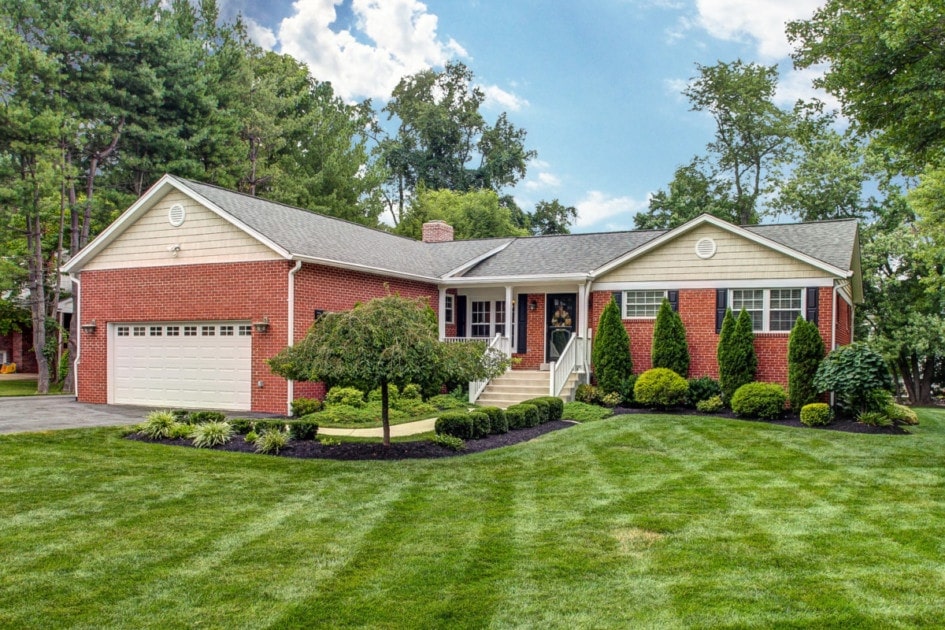News
Downsizing Your Home: What to Move to When a Large Family Home is No Longer Needed

Life is full of transitions, and one of the most significant changes many families face is when a once bustling and spacious home for a large family is no longer needed. The reasons for downsizing can vary—empty nests as children move out, retirement, financial considerations, or simply the desire for a more manageable living space. Regardless of the motive, the process of downsizing can be both emotional and practical. In this blog, we’ll explore what to move to when a large family home is no longer needed and how to make the transition as smooth as possible.
1. Smaller Home or Condo:
One of the most common choices when downsizing is moving to a smaller home or condominium. These options often require less maintenance and upkeep, making them ideal for those seeking a more manageable living space. Look for smaller homes and townhouses Sunshine Coast for sale, as these can offer the benefits of reduced utility bills, property taxes, and home maintenance, allowing you to free up financial resources for other pursuits.
2. Senior Living Communities:
Senior living communities can be an excellent choice for retirees or those looking for a more social and supportive environment. These communities typically offer amenities like on-site dining, wellness programs, and social activities. They provide an opportunity for a more worry-free and vibrant lifestyle in a downsized space.
3. Tiny Homes:
The tiny house movement has recently gained popularity, offering a minimalist and environmentally friendly alternative. Downsizing to a tiny home can be a radical but rewarding choice for those who want to simplify their lives and live with less. These small, often mobile, homes can be customized to suit individual needs and are designed to maximize efficiency in a compact space.
4. Co-Housing or Shared Housing:
Another option to consider when downsizing is co-housing or shared housing arrangements. This involves sharing a residence with others, whether it’s with family members, friends, or like-minded individuals. Shared living can reduce expenses, provide companionship, and help ease the transition from a larger home.
5. Vacation or Second Home:
For those who want to maintain a connection to a larger property while downsizing their primary residence, owning a vacation or second home can be an appealing option. This allows you to enjoy the benefits of a more relaxed and spacious environment part-time while still downsizing your primary residence.
6. Moving to a Different Location:
It’s also an opportunity to consider a different geographic location when downsizing. You might choose to move closer to family, friends, or a location with a more favorable climate or lower cost of living. Changing locations can provide a fresh start and new adventures in a smaller living space.
7. Renting:
If you’re not ready to commit to buying another property, renting can be a viable option when downsizing. Renting provides flexibility, especially if you’re unsure about your long-term plans or want to explore different living arrangements without the commitment of homeownership.
Conclusion
Downsizing from a large family home is a significant life transition that requires careful consideration of your needs, lifestyle, and priorities. The choice of what to move to when a large family home is no longer needed is personal and should align with your goals for the future. Whether you opt for a smaller home, a senior living community, urban living, a tiny home, shared housing, a second home, a new location, renting, or a combination of these options, it’s essential to plan ahead, declutter, and make the transition on your terms, ensuring a smoother and more fulfilling next chapter in your life.
